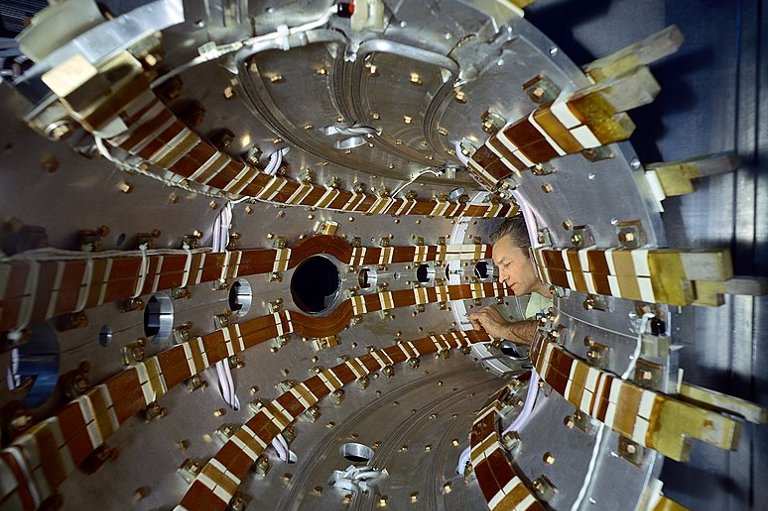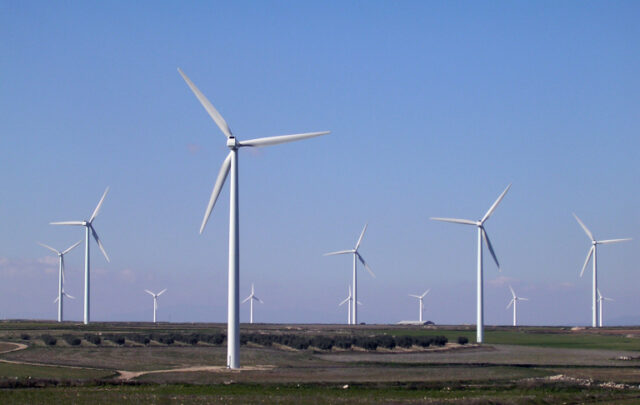The United States will propose a new emphasis on fusion energy at the UN climate summit known as COP 28. The summit began on November 30 and runs through December 12. Fusion is what powers the Sun and fuses hydrogen atoms to make helium plus a lot of energy. So, it seems like a perfect solution to power human societies without creating the dangerous radioactive waste products from fission reactors nor the carbon emissions from fossil fuel plants.
The reality of fusion―at least the way we humans are pursuing it—is much more complicated and messy than most people realize. The path we are on now suggests lots of radioactive waste will still have to be disposed of on a regular basis and that commercial fusion power is still decades away if it ever becomes feasible.
So, it turns out that fusion is part of the fantasy of a painless energy transition to a society powered by clean, renewable fuels that not only replace the energy currently generated by fossil fuels, but also grow continuously to feed our growing economy.
Doubling down on fusion suggests that things are not going well elsewhere in the energy transition. A look at the world’s energy mix in 2022 confirms this. (Quite often people who are touting the progress of the energy transition speak only of electricity and leave out liquid fuels for transportation and fossil fuels for industrial process heat and space heating of buildings of all types. This gives a hugely distorted picture of our real situation.) The following figures are percentages of TOTAL world energy consumption in 2022 by source:
Biofuels: 0.71%
Other renewables including geothermal and biomass: 1.44%
Solar: 2.06%
Wind: 3.27%
Hydroelectric: 6.73%
It’s worth emphasizing that the largest source for renewable energy remains hydro power—much of which has been installed for decades and to which very little is currently being added. A lot of the best hydro sites have already been dammed in the past century.
Some might say that I should include nuclear power as well since it is not based on fossil fuels. Okay, nuclear power generated about 4 percent of total world energy in 2022. And, it’s going nowhere. Nuclear power has bounced between 6,200 Terawatt/hours (TWh) and 7,600 TWh from 1993 through 2022 when 6,700 TWh were generated.
If we add up the renewables, we get 14.21 percent. If we subtract hydro from this number, we get 7.48 percent. And, we should emphasize the latter percentage since it represents the sources that are growing quickly and touted as our energy saviors.
I’m for the deployment of renewable energy. But I am also convinced that the only path toward a sustainable technological society is through a dramatic reduction in throughput of resources including energy resources. I am persuaded that that dramatic reduction will occur whether we plan for it or not.
Given the rate at which we are depleting fossil fuels and the rate at which climate change is proceeding, I do not think fusion energy can be mastered and deployed soon enough to make much difference. The reckoning for all of us humans will come before that. Right now I’m leaning toward a persistent and ultimately large reduction in economic activity that is unplanned in the coming decades.






